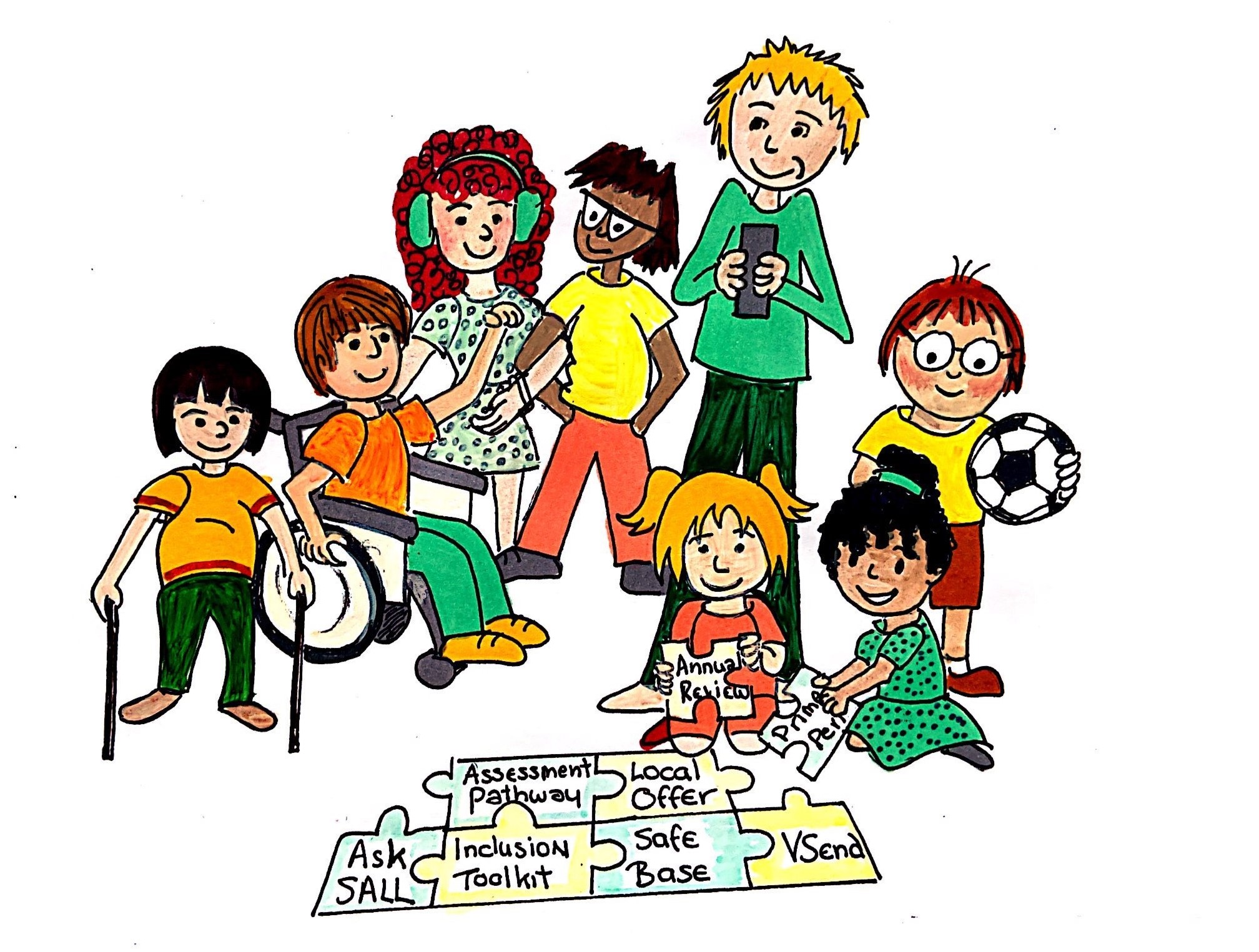Level 3-4 what you may notice
0-5
- moderate physical difficulties related to fine and gross motor awareness
- reluctant to crawl or has unusual crawl
- requires adult support for monitoring of mobility
- some adaptations required to the environment to allow access
- they have an unpredictable long-term medical condition that sometimes affects their ability to access daily activities
- child has moderate difficulties with tasks requiring hand, eye coordination and these will take much longer than for peers
- a diagnosed, established and controlled medical condition
- medication may be required during the day
- attendance affected because of ill health or medical needs
5-15
The pupil may have a diagnosed mild motor disorder or delayed motor development. The pupil’s needs are met through high quality teaching within the classroom, as well as the use of targeted strategies and school led interventions. In the case where a pupil has a mild diagnosed physical disorder they may have infrequent or historical involvement from a physiotherapist or occupational therapist
- medical condition may necessitate supervision or support for medication needs at specific times. For example, medication, diet, toileting
- their physical health or medical condition has a moderate impact on their self-care functions
- progress within the curriculum may be affected by condition or medication
- may participate in most, or all activities but at a slower pace that peers or show signs of increasing fatigues during the school day
- student has short term health need requiring pupil to be educated in alternative provision identified by the student’s consultant
- mild-moderate difficulties with fine or gross (or both) motor skills– their physical condition varies from day to day. This impacts on their ability to record their work. For example, delay in pencil skills or untidy handwriting
- they have difficulties with their core stability
- physical difficulties impact on their spoken language
- their mobility is moderately impaired, causing difficulties on stairs, with spatial orientation and in crowded areas or uneven ground
- they have an unpredictable long-term medical condition, for example, they experience fluctuating levels of pain, which at times impacts on their ability to access daily activities
- growth is impacted by their diet (either under or over-eating)
Examples of diagnoses
Cerebral Palsy GMFCS level 1
- can walk indoors and outdoors and climb stairs without using hands for support
- can perform usual activities such as running and jumping
- has decreased speed, balance and coordination
Cerebral Palsy MACS level 1
- handles objects easily and successfully
- limitations in the ease of performing manual tasks requiring speed and accuracy
- any limitations in manual abilities do not restrict independence in daily activities
Mild or borderline for Developmental Coordination Disorder (DCD, commonly known as dyspraxia)
- movement ABC -2 score on 5 -15th percentile.
- Early Stage Duchene Muscular Dystrophy (DMD)
- still independently mobile


